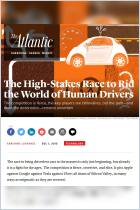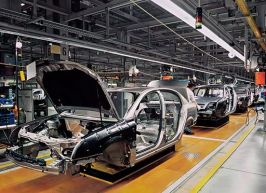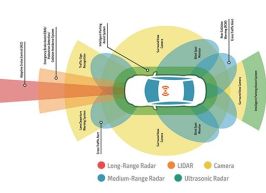Rejoignez getAbstract pour lire le résumé !

Rejoignez getAbstract pour lire le résumé !
Lawrence D. Burns and Christopher Shulgan
Autonomy
The Quest to Build the Driverless Car – And How It Will Reshape Our World
Ecco, 2018
Aperçu
The next time you call an Uber or Lyft car, you might be surprised to find that there’s no driver.
Recommendation
Former GM executive Lawrence Burns – collaborating with business writer Christopher Shulgan – tells the exciting story of the development of the driverless car. He reports on the races sponsored by the US military to develop autonomous vehicles, which offered multimillion-dollar prizes. The authors also provide an insider view of how the auto industry reacted to the prospect of this new technology as well as exploring the potential cost and time savings, and safety and convenience of AVs. This analysis will engage anyone fascinated by the new future for mobility that may be just around the corner.
Summary
About the Authors
Lawrence D. Burns served as corporate vice president of research, development and planning at General Motors and has served as an adviser to the Google’s Waymo project since 2011. Christopher Shulgan is a business writer who specializes in collaborating with industry experts.
























Comment on this summary